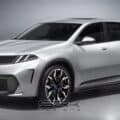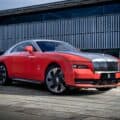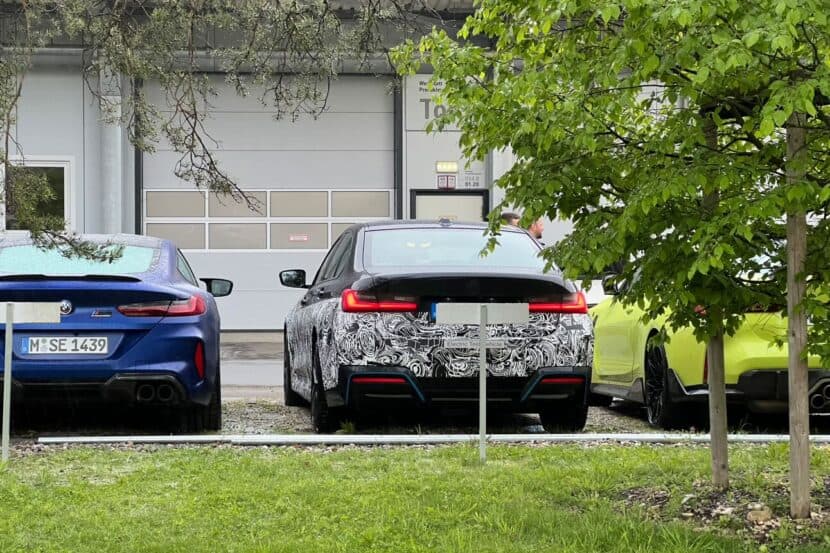How safe is the BMW i3 in the worst case of a crash or other incidents? With its carbon passenger cell, the electric car not only delivers an exceptionally lightweight structure, but also an exceptionally robust chassis.
But how good is the carbon passenger cell if BMW i3 occupants must be freed after a serious accident?
A test conducted by ADAC and fire departments has shown that the light materials made of carbon fibers bring new challenges for the rescue teams since carbon fiber behaves differently than the metals previously used in car construction.
When cutting through the carbon fiber panels, dust is also released in the air and in order to avoid inhalation of small particles, the rescuers and occupants have to breathe through a dust mask.
Despite the carbon-specific properties, the conclusion of the ADAC study is clear: the passengers and driver can be saved just as quickly from the i3 as any other BMW.
SEE VIDEO:
The electric drivetrain also plays an important role during the rescue operations since it brings the potential risk of high-voltage discharge. The rescuers need to know ahead of time where the separation point is located.
ADAC recommends that all drivers download the rescue card for his vehicle at www.rettungskarte.de and printed it in color before placing it in the car. Having a visible rescue card will speed up the process and potentially save lives.
[Source: Bimmertoday]







































































